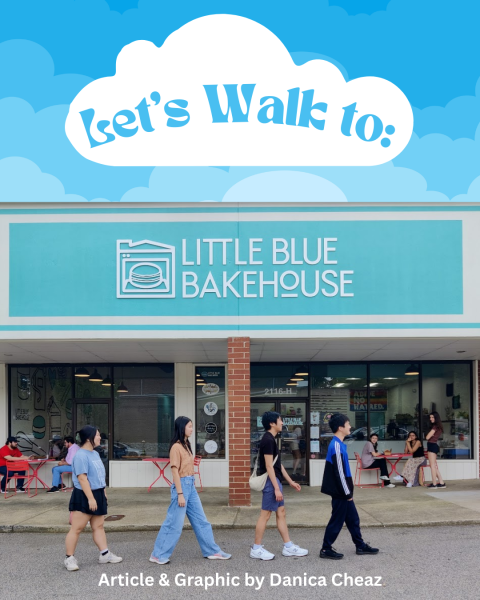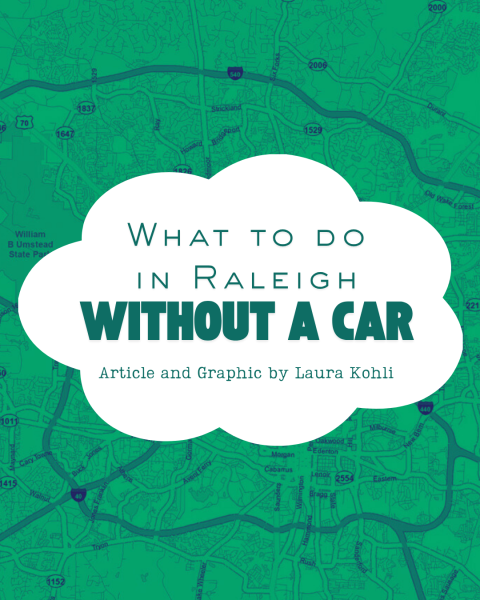Affirmative Action Is For The Better
The article will define an “underrepresented minority” as someone who is African American/Black, Hispanic/Latino, or of Indigenous heritage.
You have likely heard about it on the news recently- an anti-Affirmative Action group named “Students for Fair Admissions” sued Harvard University, and the University of North Carolina (UNC) for discriminating against Asian American applicants; the group appealed the cases to the Supreme Court after lower courts ruled that the colleges did not violate any constitutional principles. The group is arguing in the lawsuit that the college unfairly penalizes Asian American applicants with lower personality scores, usage of race-conscious admissions, and higher standards for admissions. In the case against UNC, the group presented the following question to the high court “Can a university reject a race-neutral alternative because it would change the composition of the student body, without proving that the alternative would cause a dramatic sacrifice in academic quality or the educational benefits of overall student-body diversity?”
Often not mentioned in such articles is the definition of the term, so what is Affirmative Action? It is defined by Britannica as “an active effort to improve employment or educational opportunities for members of minority groups and for women.” Historically, it has been used by the Federal Government to ensure workplace diversity and equality in the hundreds of federal agencies that span its jurisdiction. The concept was expanded to college admissions in the late 1960s and 1970s to respond to the Civil Rights movement and give opportunities to disadvantaged and underrepresented minority groups. Within this period, Affirmative Action was used by many colleges and universities through a “quota system”. Essentially, underrepresented minorities would be allotted a set number of seats that had to be filled by admissions officers. A common misconception is that colleges and universities still use quotas. The case Regents of the University of California v. Bakke ruled quotas illegal in 1978, therefore they are no longer in use. But, the case leaves the concept of “race-conscious” admissions open.
Race-conscious admission is very different from the quota system. First and foremost, it does not allow academically “unqualified” applicants to be admitted simply because of their racial status, an extremely common myth. Instead, this process considers issues such as structural racism, the quality of the school, and other disadvantages that may impede a student from success. For example, a student with a strong academic portfolio that has been systematically disadvantaged due to one’s racial or socioeconomic status may be given an advantage in admissions due to the boundaries they had to cross in order to achieve these accomplishments. Why is race-conscious admissions a good thing? It levels the playing field in America’s unequal college admissions process. In 2018, The U.S. Commission on Civil Rights published a report on Public Education equity which revealed unequal funding and resources within schools that had larger underrepresented minority populations due to residential segregation and redlining. This means that courses like Calculus, Physics, Chemistry, and special academies/programs (similar to Enloe’s MBSA and ACD) would be offered in an extremely restricted capacity.NBC reported that “33 percent of high schools with high black and Latino enrollment offer calculus, compared with 56 percent of high schools with low black and Latino student populations.” Such courses provide immense benefit to an application and if a student from a school with a limited or nonexistent AP program or similar courses is able to achieve an “Ivy” level of academics, should they not be given extra consideration during the admissions process? To which I say, yes they should be given such benefits. But, how should society deal with the repression of Asian applicants?
At the core of the case is the mistreatment of Asian applicants by Harvard and UNC. As an Asian myself, it is easy for our communities, and other communities, to blame Affirmative Action for our reception within the admissions process. But, I would like to point out other statistics that should be considered when making a judgment about this case or race-conscious admissions as a whole. Firstly, according to Vox, “white applicants were three times more likely to be admitted to selective schools than Asian applicants with the exact same academic record.” Furthermore, the article found that studies concluded that test scores were deemphasized when considering Asian applicants and another study found that within 30 elite universities, legacy candidates are given a 23.3-point advantage over non-legacy applicants. Princeton University also found that white candidates, who host the same academic record as an Asian applicant, are three times more likely to get into an elite college.
Students for Fair Admissions disagrees. They have taken the case to court despite numerous other ways that the scale can be balanced in order to make things fair for both underrepresented minorities and Asian Americans. Due to the Conservative nature of the Supreme Court, the case is likely to be ruled in favor of Students for Fair Admission, chipping away at a college’s Affirmative Action programs. In the future, colleges should consider changing their admissions rubric to include socioeconomic status as a way to bypass the likely Supreme Court ruling and stay true to the nature of equity. Additionally, colleges should work to remove barriers like legacy benefits and special weighting of certain factors when considering Asian-American applicants.
Your donation will support the student journalists of Enloe Magnet High School, allowing us to cover our annual website costs. We are extremely grateful for any contribution, big or small!

(He/him)
Akshat is a senior here at Enloe. He is excited to return for his third year on the staff to work on the Eagle's Eye's newest (and best) section,...











